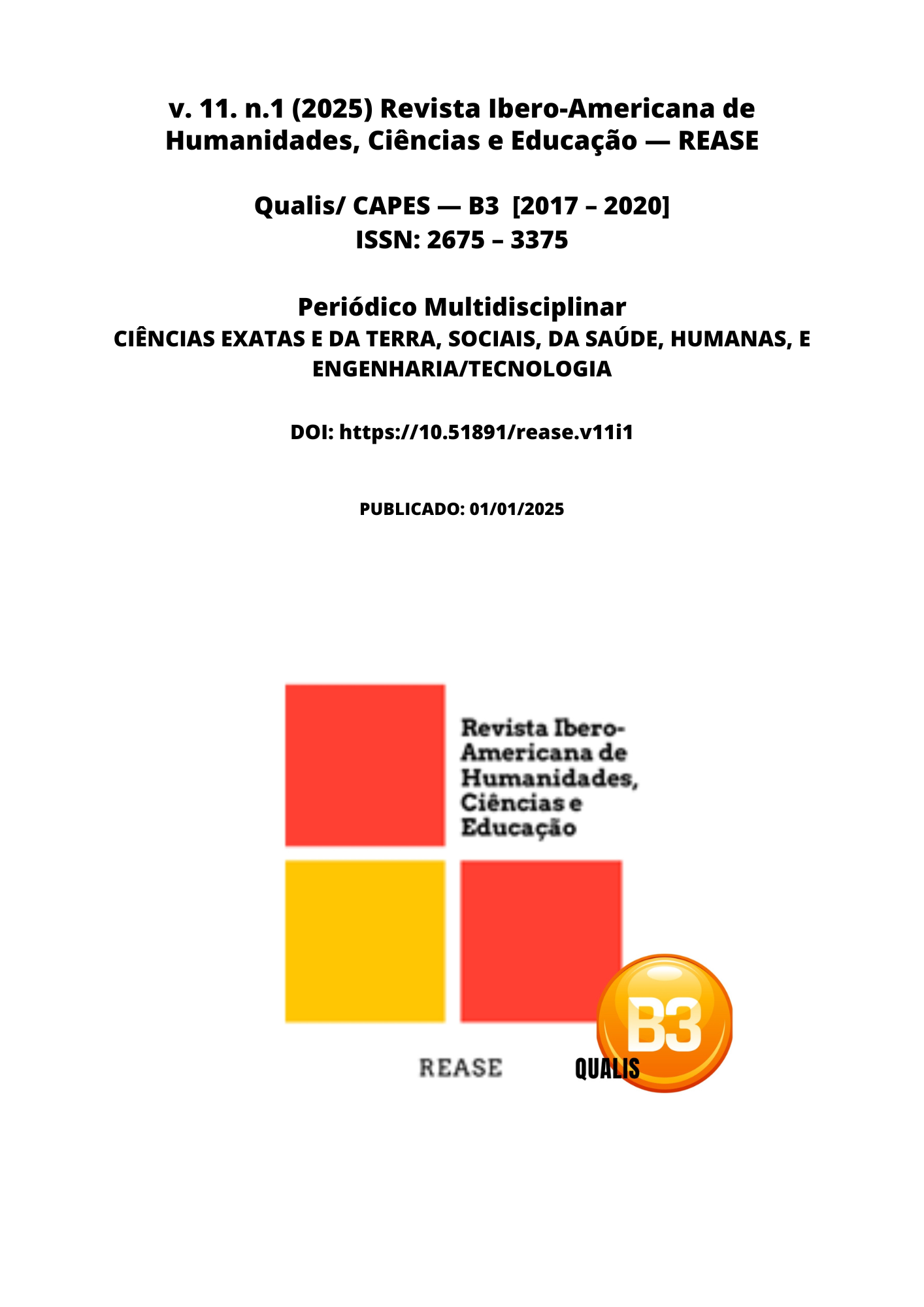STINGLEES BEES AND URBAN SPACES: AN INVESTIGATION OF THE CONDITIONS FOR ADAPTATION TO CITY BUILDINGS AND LANDSCAPING
DOI:
https://doi.org/10.51891/rease.v11i1.17882Palavras-chave:
Pollinators. Forest fragments. Urban ecosystem.Resumo
Stingless native bees are essential for the preservation of ecosystems as they contribute to the maintenance of biodiversity and the stability of forest fragments. Information on how these species behave in urban environments is still scarce in Brazil. For this reason, the aim of this study was to investigate the occurrence of stingless bees in the urban area of the city of Realeza (PR) through the localization of nests and active and passive capture methods. Sampling was conducted between October and December 2022, a period of peak nectar-producing species flowering in the region. The searches were carried out in five sectors, covering both public and private areas, and aspects of the landscape such as floral species, physical characteristics of buildings, and nesting substrates were recorded. During the survey, 23 nests of Tetragonisca angustula and Scaptotrigona depilis were recorded, and foraging activities of Scaptotrigona bipunctata and Plebeia spp. were also detected. The urban forest fragments of Realeza face challenges for stingless bees due to urbanization and exotic vegetation. Tetragonisca angustula adapts to artificial substrates, while Scaptotrigona depilis depends on natural cavities. Wooden houses favor nesting, and strategies such as artificial shelters, native plants, and sustainable cultural practices are essential for conserving pollinators and ecosystem services.
Downloads
Downloads
Publicado
Como Citar
Edição
Seção
Categorias
Licença
Atribuição CC BY

